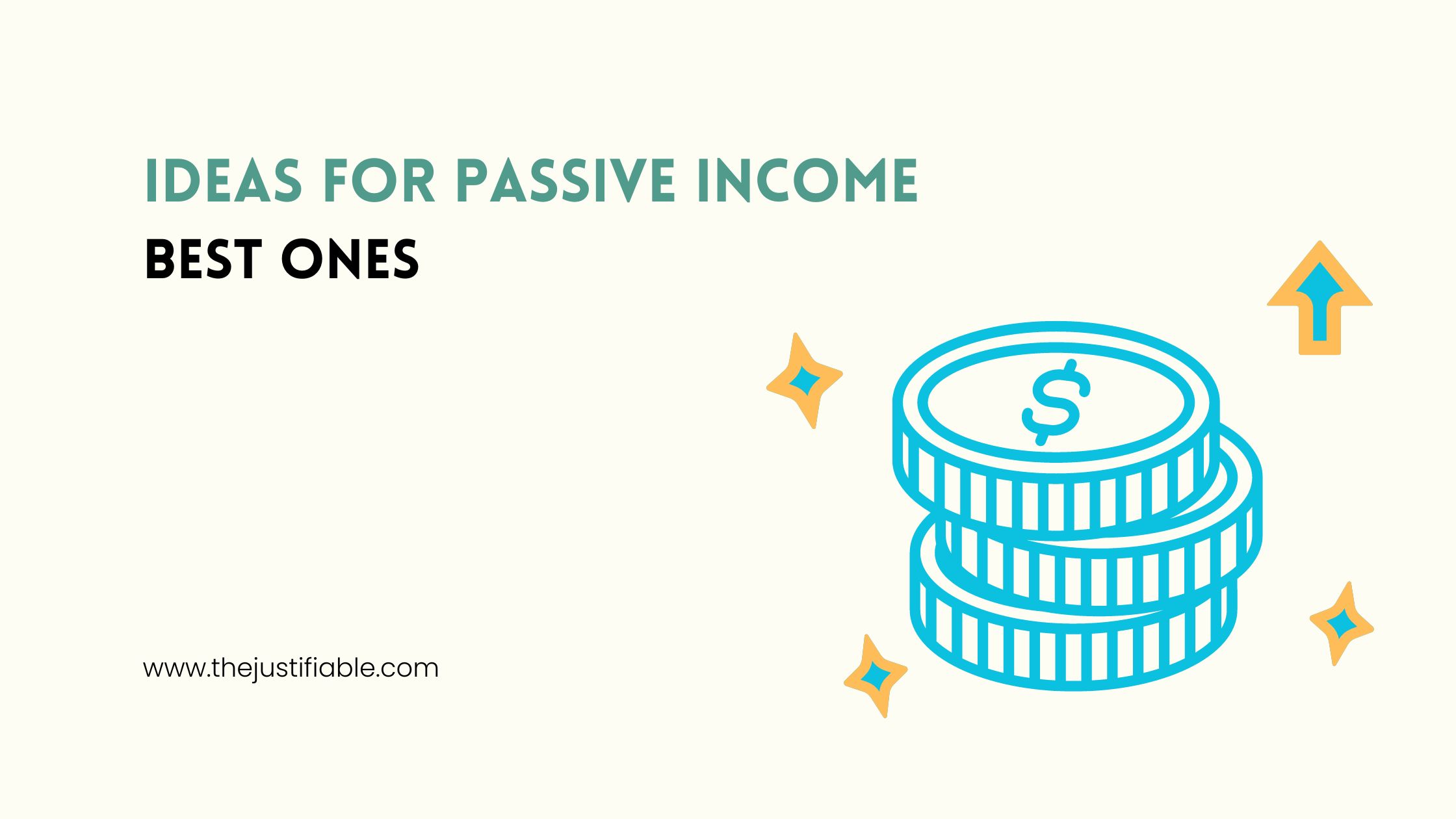What if I told you that the journey to financial freedom could start today? How can ideas for passive income transform your financial future? Is it really possible to earn money while you sleep? From my perspective, the answer is a resounding yes. The concept of passive income has become a cornerstone for those looking to enhance their financial stability without dedicating endless hours of work.
In my view, diving into the world of passive income requires a strategy that aligns with your interests, skills, and the amount of initial effort you’re willing to invest. Whether it’s through blogging, affiliate marketing, email marketing, dropshipping, or web development, the key lies in choosing paths that not only promise returns but also fit your lifestyle and goals.
I strongly believe that the first step to unlocking this potential is to educate oneself about the various opportunities available. My intention is to guide you through each option, providing detailed insights into how they can work for you. From setting up your first blog to mastering the art of email marketing, every piece of advice is aimed at ensuring your success.
Let’s embark on this journey together, exploring each avenue with a professional yet friendly approach, ensuring that every strategy we discuss is not just theoretically sound but also practically viable.
Elevate Your Earnings: Blogging as a Passive Income Stream
Did you know that over 600 million blogs exist on the internet today, yet only a fraction of these generate significant income? This statistic isn’t meant to discourage but to highlight the vast potential for those ready to tap into the blogging world with strategy and persistence. Ideas for passive income through blogging are not just about writing; they’re about creating value, building an audience, and monetizing your content effectively.
In my opinion, the first step to a successful blogging journey is identifying a niche that you’re passionate about and that has a demand. This could range from lifestyle and health to technology and finance. The key is to offer unique perspectives or solutions that readers can’t easily find elsewhere. From my perspective, blogging is not just an art but also a science that involves understanding your audience deeply and engaging with them in meaningful ways.
My recommendation for aspiring bloggers is to focus on quality over quantity. A few well-researched, well-written posts that genuinely help or entertain your audience are more valuable than numerous low-quality posts. Moreover, integrating multimedia elements like images, videos, and infographics can enhance the user experience, making your blog more engaging and shareable. According to data, blogs with such elements tend to perform better in terms of user engagement and SEO rankings.
Crafting Content That Pays: A Deep Dive into Profitable Blogging
In my view, profitable blogging hinges on your ability to solve problems or answer questions that your audience cares about. This means conducting thorough research to understand what your target readers are searching for and how you can provide value in a way that no one else does. From my perspective, this approach not only attracts readers but also builds trust, which is crucial for monetization.
What if I told you that diversifying your income streams within your blog could significantly boost your earnings? This could involve affiliate marketing, sponsored content, selling digital products, or even offering online courses related to your niche. From my experience, the most successful bloggers don’t rely on a single income source. Instead, they explore various avenues to monetize their expertise and content.
My suggestion for bloggers is to constantly learn and adapt. The digital landscape is ever-changing, and what worked yesterday might not work tomorrow. Staying updated with the latest trends, SEO strategies, and monetization methods can keep your blog ahead of the curve. Speaking personally, investing time in learning has been instrumental in my blogging success, and I strongly believe it can make a difference for you too.
SEO Mastery: Boosting Your Blog’s Visibility for More Earnings
According to recent studies, the top result on Google gets approximately 31.7% of all clicks, while results on the second page receive less than 1%. From this, one would think that mastering SEO is crucial for any blogger aiming to elevate their earnings through increased visibility. In my estimation, SEO is not just about incorporating keywords but about understanding user intent and optimizing the entire user experience.
My recommendation is to focus on on-page SEO strategies such as optimizing your titles, headers, and meta descriptions, and ensuring your website is mobile-friendly and loads quickly. These factors not only improve your blog’s ranking but also enhance the reader’s experience, leading to higher engagement and sharing.
I couldn’t agree more with experts who say that backlinks are the backbone of SEO success. Creating high-quality content that other reputable sites want to link to can significantly boost your blog’s domain authority and search rankings. My advice? Don’t shy away from reaching out for guest blogging opportunities or collaborating with influencers in your niche. This not only aids in building backlinks but also expands your blog’s reach to new audiences.
Affiliate Marketing: A Lucrative Path to Passive Income
“Affiliate marketing has made businesses millions and ordinary people millionaires.” – Bo Bennett. This powerful statement encapsulates the essence of affiliate marketing as a formidable strategy for generating passive income. With the digital world expanding at an unprecedented pace, the opportunities within affiliate marketing have grown exponentially, making it a prime avenue for entrepreneurs and bloggers to tap into.
The beauty of affiliate marketing lies in its simplicity and efficiency. You promote a product or service, and in return, you earn a commission for each sale or action completed through your referral. From my perspective, the key to success in affiliate marketing is choosing the right partners and products that align with your audience’s interests and needs. This not only ensures authenticity in your promotions but also enhances trust among your followers, which is crucial for long-term success.
Most importantly, engaging in affiliate marketing requires minimal upfront investment, making it an attractive option for many. However, the real challenge lies in understanding your audience deeply and aligning your affiliate offers with their interests. My advice to those embarking on this journey is to focus on quality rather than quantity. Promoting a few, well-selected affiliate products that you truly believe in can be far more profitable than spreading your efforts too thin across multiple, less relevant offers.
Affiliate Programs Recommendations
FlexOffers
| MyLead
| ShareASale
|
Selecting the Right Affiliates: Strategies for Success
In my estimation, selecting the right affiliate partners is the cornerstone of a successful affiliate marketing strategy. It’s not just about the potential earnings; it’s also about the quality and relevance of the products or services to your audience. I recommend doing thorough research on potential affiliate programs, considering factors like commission rates, the reputation of the affiliate company, and the relevance of the product or service to your content and audience.
From my point of view, building relationships with affiliate managers can also provide valuable insights and opportunities for better deals or exclusive offers. This personal approach to affiliate marketing can set you apart and help optimize your campaigns. Speaking personally, I’ve found that direct communication with brands often leads to more favorable terms and deeper insights into what sells, enhancing the effectiveness of your marketing efforts.
My suggestion for those new to affiliate marketing is to start with products or services that you have personally used and can genuinely recommend. This not only adds authenticity to your promotions but also builds trust with your audience. Trust, as I see it, is the most valuable currency in affiliate marketing. If your audience trusts your recommendations, conversion rates are likely to be higher, leading to more passive income for you.
Conversion Optimization: Tips to Turn Clicks into Cash
“Content is king, but conversion is queen,” says John Munsell. Driving traffic to your affiliate links is one thing, but converting that traffic into sales is where the real challenge lies. In my view, conversion optimization begins with creating compelling and honest content that seamlessly incorporates your affiliate links. It’s not just about persuading your audience to click; it’s about providing value that makes the purchase a natural next step.
I would say that understanding the customer journey is crucial for conversion optimization. By analyzing the path that visitors take from landing on your page to making a purchase, you can identify potential bottlenecks and optimize the process. My recommendation is to use tools like Google Analytics to track and analyze this journey, allowing you to make data-driven decisions to improve conversions.
Moreover, I strongly believe in the power of A/B testing to fine-tune your affiliate marketing efforts. Testing different call-to-action buttons, link placements, or even the wording of your affiliate disclosures can provide insights into what works best for your audience. From my perspective, the key to successful conversion optimization is continuous testing and adaptation. By understanding what resonates with your audience and refining your approach accordingly, you can maximize your earnings from affiliate marketing.
Email Marketing: Cultivate a List That Generates Revenue
Much like a garden requires time, dedication, and the right strategies to flourish, so does building an effective email marketing list. In the digital age, email marketing remains one of the most direct and personal ways to communicate with your audience, offering unparalleled ROI when done correctly. The beauty of email marketing lies in its ability to create a direct line of communication with individuals who have already shown interest in your products or services, making it a key component in the ideas for passive income.
Developing a robust email list is crucial for the success of your email marketing efforts. From my point of view, the foundation of building this list starts with offering value in exchange for a user’s email address. This could be an exclusive ebook, a free course, or access to a webinar. Most importantly, ensure that the value you offer is directly related to your audience’s interests and needs. This not only increases the likelihood of sign-ups but also sets the stage for a relationship based on value and trust.
My suggestion for enhancing your subscriber base further involves optimizing your website and social media platforms to make the sign-up process as easy and enticing as possible. Utilize pop-ups, sidebar forms, and even dedicated landing pages to capture leads. Moreover, I recommend regularly promoting your newsletter on your social media channels, highlighting the exclusive content or benefits subscribers will receive. Remember, building a subscriber base is an ongoing process that requires consistency, creativity, and a clear understanding of your audience’s needs and preferences.
Email Marketing Recommendations
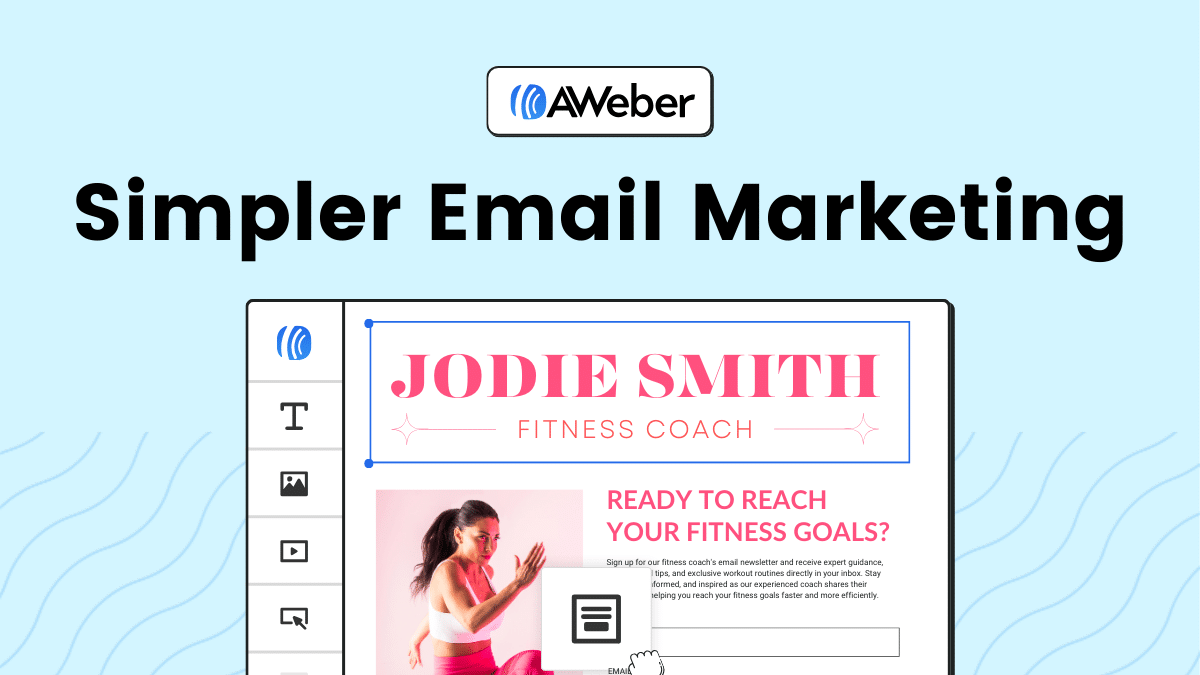 Aweber
| 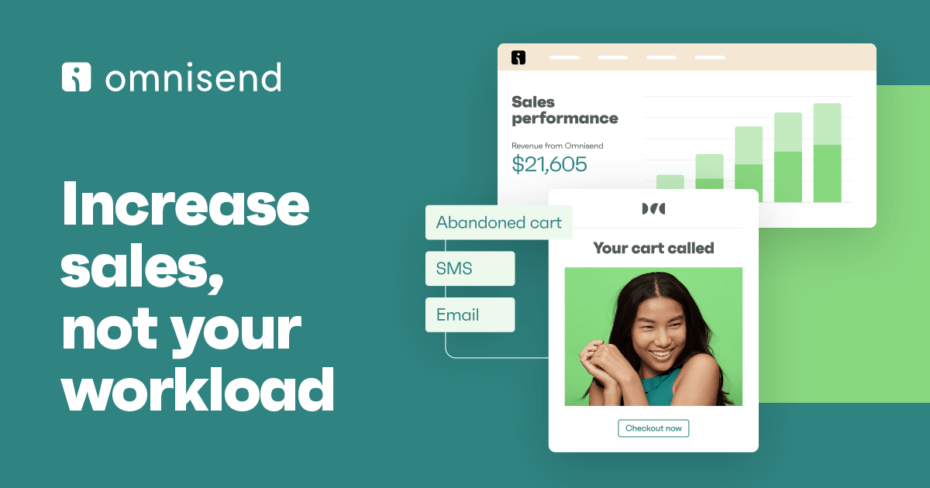 Omnisend
| 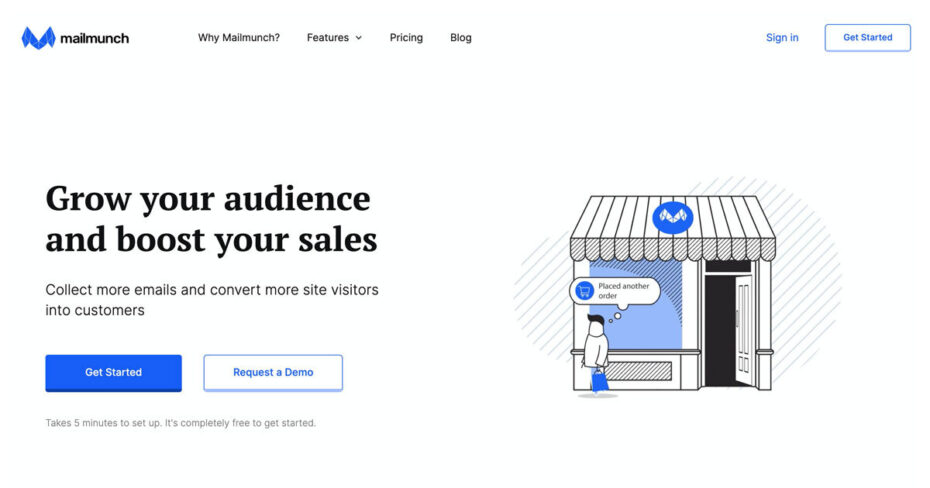 Mailmunch
|
Building Your Subscriber Base: Techniques for Growth
When it comes to expanding your email list, I believe that quality always trumps quantity. A smaller, engaged list can be far more valuable than a larger, disinterested audience. From my perspective, one effective technique for growth is to segment your audience and create personalized content that appeals to different interests or behaviors within your audience. This personalization can significantly increase engagement, as subscribers feel that the content speaks directly to them.
Here’s how you can start: leverage social proof and testimonials to showcase the value of your newsletter. When potential subscribers see the positive impact your emails have had on others, they’re more likely to want to experience the same benefits. Additionally, I would say that collaborating with other businesses or influencers in your niche to offer joint content or promotions can be a powerful way to gain new subscribers who are already interested in your field.
Most importantly, my recommendation is to never underestimate the power of a strong call-to-action (CTA). Whether it’s through your blog posts, social media, or even at the end of a webinar, a compelling CTA that communicates the benefits of subscribing can significantly boost your list growth. Make it clear what subscribers will gain by joining your list, and ensure the sign-up process is as straightforward as possible.
Crafting Compelling Campaigns: Emails That Drive Sales
In my estimation, the art of crafting emails that convert is centered on understanding your audience’s needs and how your products or services fit into their lives. A compelling email campaign delivers content that educates, entertains, or solves a problem for the reader, making the decision to purchase feel like the next natural step. From my perspective, the key to successful email campaigns lies in the balance between providing value and making sales pitches.
My advice for creating emails that drive sales is to start with a captivating subject line. This is your first, and sometimes only, opportunity to grab the reader’s attention. Make it personal, intriguing, and relevant to their interests. Within the email, focus on storytelling and how your product or service improves lives or solves a problem. According to my experience, stories not only engage readers but also help them visualize the benefits of what you’re offering.
Lastly, I strongly believe that every email should include a clear, compelling CTA. Whether you want the reader to make a purchase, read a blog post, or sign up for a webinar, your CTA should be unmistakable and linked directly to the next action you want them to take. From my point of view, testing different CTA placements and wordings can reveal what resonates best with your audience, optimizing your campaigns for better conversion rates over time.
Dropshipping: Simplify E-commerce for Passive Profits
What if I told you that some of the most successful e-commerce stores keep no inventory at all? Yes, that’s the surprise element of dropshipping, a business model that allows entrepreneurs to sell products directly from suppliers to customers without ever handling the goods themselves.
This model not only reduces overhead costs but also opens up a world of opportunities for those looking to enter the e-commerce space with minimal investment. The beauty of dropshipping lies in its simplicity and scalability, making it an attractive option for many aspiring digital entrepreneurs.
Dropshipping can seem like a dream come true for aspiring e-commerce moguls. By leveraging this model, you can offer a wide range of products without the need for a physical storefront or warehouse. This means you can focus on what matters most: marketing and customer service.
From my perspective, the key to success in dropshipping is finding a niche market with high demand and low competition. This requires diligent research and trend analysis but pays off by positioning your store as a go-to destination for specific products.
Most importantly, the flexibility of dropshipping allows for a more diverse product offering, enabling store owners to quickly adapt to market trends without financial risk. However, I would say that the real challenge lies in creating a seamless customer experience that builds trust and loyalty.
From my experience, investing in a quality website, reliable customer service, and effective marketing strategies are essential components of a successful dropshipping business. My advice is to focus on building a strong brand identity from the start, as this will set you apart from competitors and foster a loyal customer base.
Dropshipping Sites Recommendations
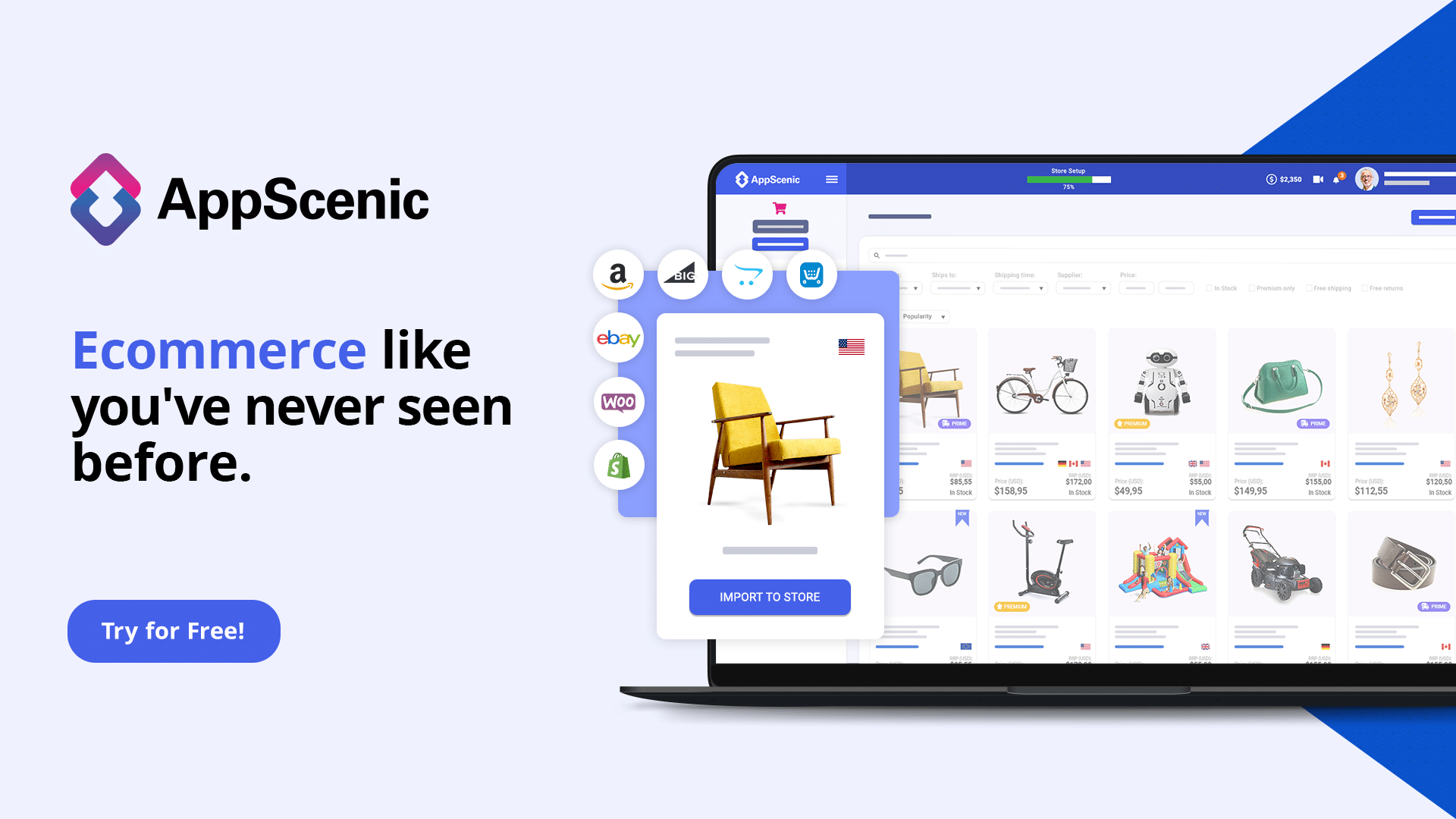 Appscenic
| 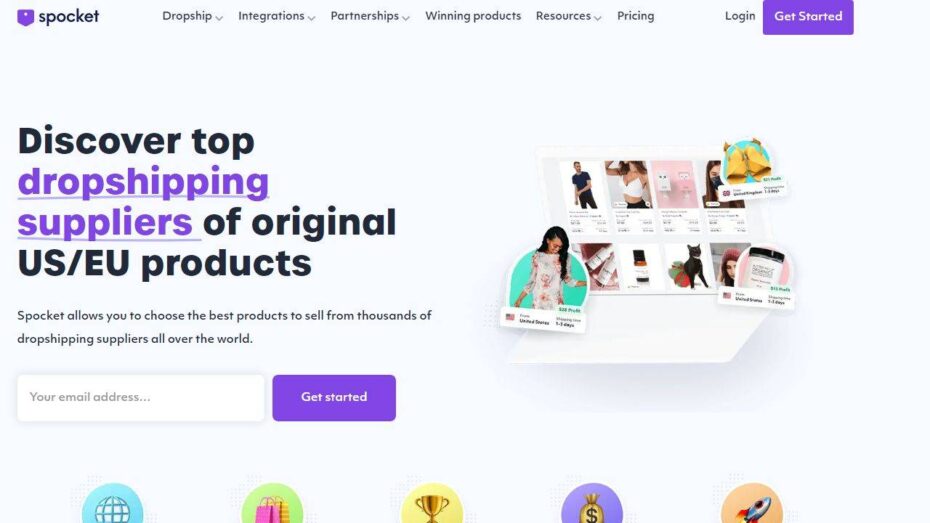 Spocket
|
Finding Winning Products: A Guide to Market Research
In the world of dropshipping, the difference between success and failure often comes down to product selection. Surprisingly, the most sought-after products aren’t always the most obvious choices. In my estimation, finding winning products involves a mix of intuition, trend analysis, and data-driven research. The goal is to identify items that are not only in demand but also offer a good profit margin and low competition.
I recommend starting with niche-specific marketplaces and social media platforms to gauge current trends and consumer interests. Tools like Google Trends, Keyword Planner, and social listening tools can provide valuable insights into what people are searching for and talking about.
According to my experience, it’s also wise to monitor competitor sites and customer reviews to identify gaps in the market that you can fill. This approach allows you to base your product decisions on real data rather than guesswork.
Moreover, my suggestion for aspiring dropshippers is to focus on products that solve a problem or fulfill a specific need. These types of products tend to have more staying power and can lead to repeat business. Additionally, consider the logistics of shipping and supplier reliability when selecting products.
From my point of view, the success of your dropshipping business heavily relies on the quality and consistency of the products you offer, so choosing the right suppliers is just as important as selecting the right products.
Automate and Scale: Systems for a Successful Dropshipping Business
Scaling a dropshipping business effectively requires automation. The surprise here? Many dropshippers don’t realize the extent to which automation can take their business to the next level. From order processing to customer service, automation can streamline operations, reduce errors, and free up time for focusing on growth strategies. I strongly believe that implementing the right tools and software is crucial for managing and scaling your business efficiently.
For starters, I would recommend utilizing e-commerce platforms that offer integration with dropshipping suppliers. These platforms can automate order placement and tracking, significantly reducing the manual work involved. Additionally, email marketing and CRM tools can automate customer communication, enhancing the overall customer experience. My advice is to invest in automation software that not only fits your current needs but also has the capacity to scale with your business.
Lastly, while automation can significantly improve efficiency, I’m of the mind that personal touch should not be completely overlooked. My recommendation is to maintain a balance by personalizing customer interactions where possible, such as through tailored marketing campaigns or personalized follow-ups. This can help build a loyal customer base and differentiate your brand in a competitive market.
Speaking personally, the combination of automation for efficiency and personalization for connection has been a key factor in the success of many dropshipping businesses I’ve observed.
Web Development: Building Sites That Generate Passive Income
It’s true, the internet is saturated with websites on almost every topic imaginable. However, this should not deter aspiring web developers and entrepreneurs. The digital landscape is constantly evolving, offering new opportunities for those who can create innovative, high-value websites. With the right approach, web development can indeed become a lucrative source of passive income, creating platforms that not only attract visitors but also monetize those visits effectively.
Starting with the right niche is crucial. It seems to me that the most successful websites are those that fill a specific need or cater to a particular interest group. From my perspective, conducting thorough market research before diving into web development can save a lot of time and resources in the long run.
This involves identifying gaps in the current market, understanding your target audience, and pinpointing what makes your website unique. Most importantly, the focus should be on quality content and user experience, as these are key factors in retaining visitors and encouraging conversions.
Once the niche is selected, the next step is to consider the monetization strategy. There are multiple ways to generate income from a website, including but not limited to advertising, affiliate marketing, selling digital products or services, and membership subscriptions.
My recommendation is to choose a monetization strategy that aligns with your site’s content and audience preferences. It’s also wise to diversify your income streams to avoid overreliance on a single source. Speaking personally, the most successful websites I’ve seen have a clear monetization strategy from the outset but remain flexible enough to adapt as they grow.
Web Hosting Recommendations
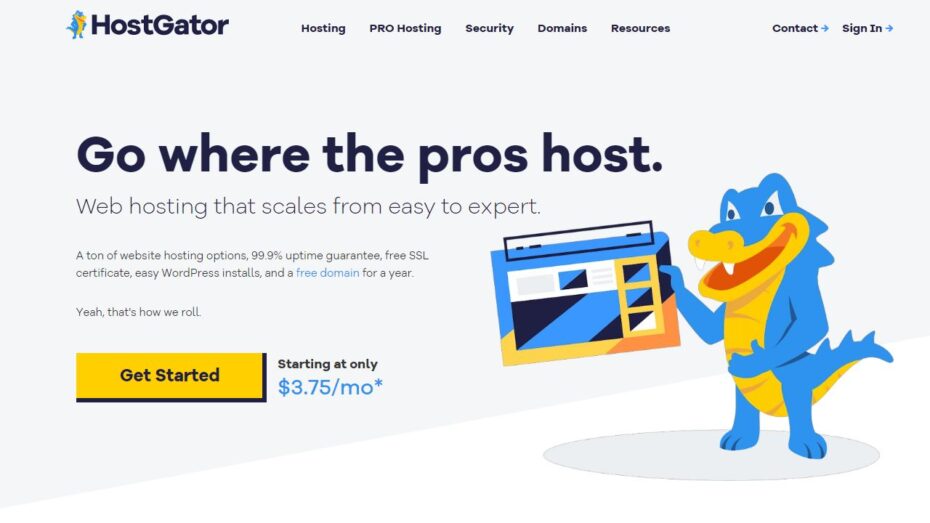 Hostgator
| 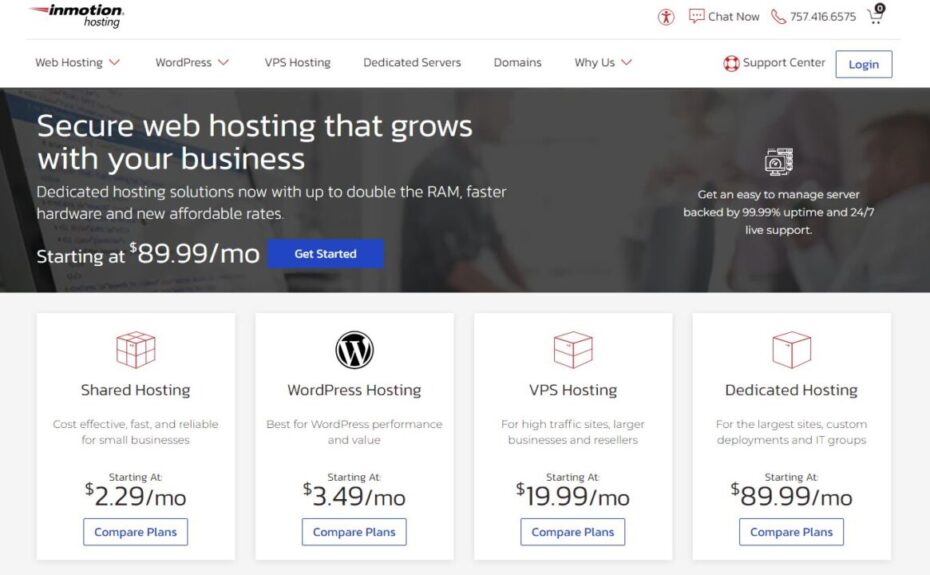 Inmotion
|  Hostinger
|
Creating High-Value Websites: Strategies for Monetization
In the realm of web development, creating a website that stands out for its value is paramount. This means offering something that not only attracts visitors but keeps them coming back. From my point of view, a high-value website offers unique content, an exceptional user experience, and engages its audience effectively. What if I told you that focusing on these aspects could significantly increase your chances of monetization success?
Monetization strategies should be implemented thoughtfully. For instance, if you choose advertising, ensure it doesn’t detract from the user experience. For affiliate marketing, I recommend promoting only products or services you genuinely believe in. This maintains your site’s integrity and trust with your audience.
Most importantly, consider creating your own digital products or services that reflect your expertise and the needs of your audience. This can not only boost income but also establish your authority in your niche.
Moreover, engaging with your audience through newsletters, social media, and other platforms can amplify your site’s value and monetization potential. My advice is to use these channels to understand your audience better, tailor your content to their preferences, and inform them of new products or services. From my experience, an engaged audience is more likely to support monetization efforts, be it through purchasing products or clicking on affiliate links.
Maintenance and Optimization: Ensuring Your Site Stays Profitable
Maintaining and optimizing your website is critical to its long-term profitability. In my view, regular updates, security checks, and SEO optimization are non-negotiable aspects of running a successful website. These tasks might seem daunting, but they are essential for keeping your site relevant and secure. According to my estimation, neglecting these areas can quickly lead to a decline in visitor numbers and, consequently, income.
SEO is a vital part of website maintenance that ensures your site remains visible and attractive to search engines. I suggest regularly updating your content, optimizing for keywords, and improving site speed and mobile responsiveness. These actions can significantly impact your site’s search engine rankings and user experience, leading to more traffic and potential income.
Lastly, it’s important to regularly review and adjust your monetization strategy based on performance data. My recommendation is to use analytics tools to track which monetization methods are most effective and which areas of your site are most engaging.
This data-driven approach allows you to make informed decisions about content and monetization strategies, ensuring your website not only remains profitable but continues to grow. Speaking personally, staying adaptable and responsive to analytics has been key to maintaining successful websites.
frequently asked questions (FAQs)
What is passive income?
Passive income is the earnings derived from sources that require minimal to no ongoing effort. Common passive income streams include rental income, dividends from stocks, royalties, and online businesses like blogging or affiliate marketing. Unlike active income, which is directly tied to the hours worked, passive income allows you to earn money while focusing on other activities.
How can I start earning passive income?
To start earning passive income, identify a strategy that aligns with your interests and skills. Popular options include investing in dividend-paying stocks, real estate, creating a blog or YouTube channel, and participating in affiliate marketing. Each method requires initial effort and investment, but the goal is to set up a system that generates income with minimal ongoing effort.
Is it possible to earn passive income with little to no money upfront?
Yes, it is possible to earn passive income with little to no money upfront, but it usually requires significant time and effort initially. Options include starting a blog, creating digital products like ebooks or courses, and affiliate marketing. These methods require time to build and market but can eventually lead to steady income streams.
What are some risks associated with passive income?
Passive income sources come with their own set of risks. Real estate investments may suffer from market downturns or tenant issues. Stock dividends can be cut or suspended. Online businesses can face competition and changing algorithms. It’s crucial to diversify your income streams and stay informed about market trends to mitigate these risks.
How long does it take to start earning passive income?
The time it takes to start earning passive income varies widely depending on the method chosen. For example, real estate investments can start generating income relatively quickly once a property is rented out. In contrast, building a successful blog or YouTube channel can take several months to years of consistent effort before seeing significant returns.
Can passive income replace my full-time job?
Passive income can potentially replace a full-time job, but it typically requires a diversified portfolio of income streams and a significant amount of initial work. Successful passive income earners often combine multiple sources, such as rental properties, dividend stocks, and online businesses, to create a stable and sufficient income.
What are the best passive income ideas for beginners?
For beginners, some of the best passive income ideas include starting a blog or YouTube channel, investing in dividend stocks or index funds, participating in affiliate marketing, creating and selling digital products, and renting out property. These methods offer varying levels of initial investment and expertise, making them accessible to those new to passive income strategies.


